Why We Start Every Website With Strategy First, Not Design
Design without Strategy is just decoration.
You can have the most catchy animations, the most appropriate fonts, and an aesthetic that makes you go 'wow', but if it doesn’t serve a purpose, it’s noise.
That’s why at Ctrl+S Media, we don’t open Figma before we open a Google doc. No designs until we’ve understood your business, its mission and its audience first. In short: we always start with strategy. Let's break down exactly why.
1. ‘Looks Nice’ Doesn’t Always Get You What You Need.
Your website isn't an art piece, it’s an asset. Whether its to generating leads, selling products, or building trust, it needs to fulfill an action. A good design might make people go “wow,” but strategy-backed design makes them click, buy, subscribe, or get in touch.
And that means answering necessary questions like these upfront:
- Who is this site for?
- What problem is it solving for them?
- The action we want them to take?
- How will we guide them to take it?
Once these necessary questions have been addressed, design becomes a part of the overall process, not the goal.
2. It’s Not Your Website (bear with me).
I mean yes, it is. But it’s designed for your audience. What they need, what they struggle with, what they expect, that's what will drive everything.
Going strategy first means stepping into your customer’s shoes first. Digging into user journeys, friction points, industry behavior, and even the language they use. When we finally design? We’re designing for them. Not your internal team. Not our portfolio. Not the latest Dribbble trends.
And that can be enough of a shift to turn it from a "pretty website" into a "performing website", which is the goal.
3. Design Trends Come and Go. Strategy Stays.
Today it could be gradients. Tomorrow it might be minimalism.
These trends evolve, fast. But business goals, brand identity, and customer needs? Those are stable, core anchors. Strategy gives you that foundation that doesn’t change every time the internet decides serif fonts are back in fashion. When you design keeping strategy in mind, your website becomes an asset that may not necessarily be trend-proof, but can easily adapt to them.
4. Revisions Start Piling Up.
No strategy = Multiple revisions. Why?
That's because no one knows what they’re aiming for. Everyone’s working off of opinions and not objectives.
But when you start with strategy and define clear goals, user personas, and key metrics, the decisions become objective. Suddenly, it’s not about "liking" the layout. It’s about whether its helps you move towards that goal. That’s how you avoid the feedback loop of death.
5. It Builds Trust
By showing you a strategic plan before a single pixel is pushed, we’re telling you: we're not guessing.
And when your target audience lands on a site that flows naturally, speaks their language, and solves their problem, want or need, they feel satisfied. That there is trust.
Looking for a strategy-first website?

